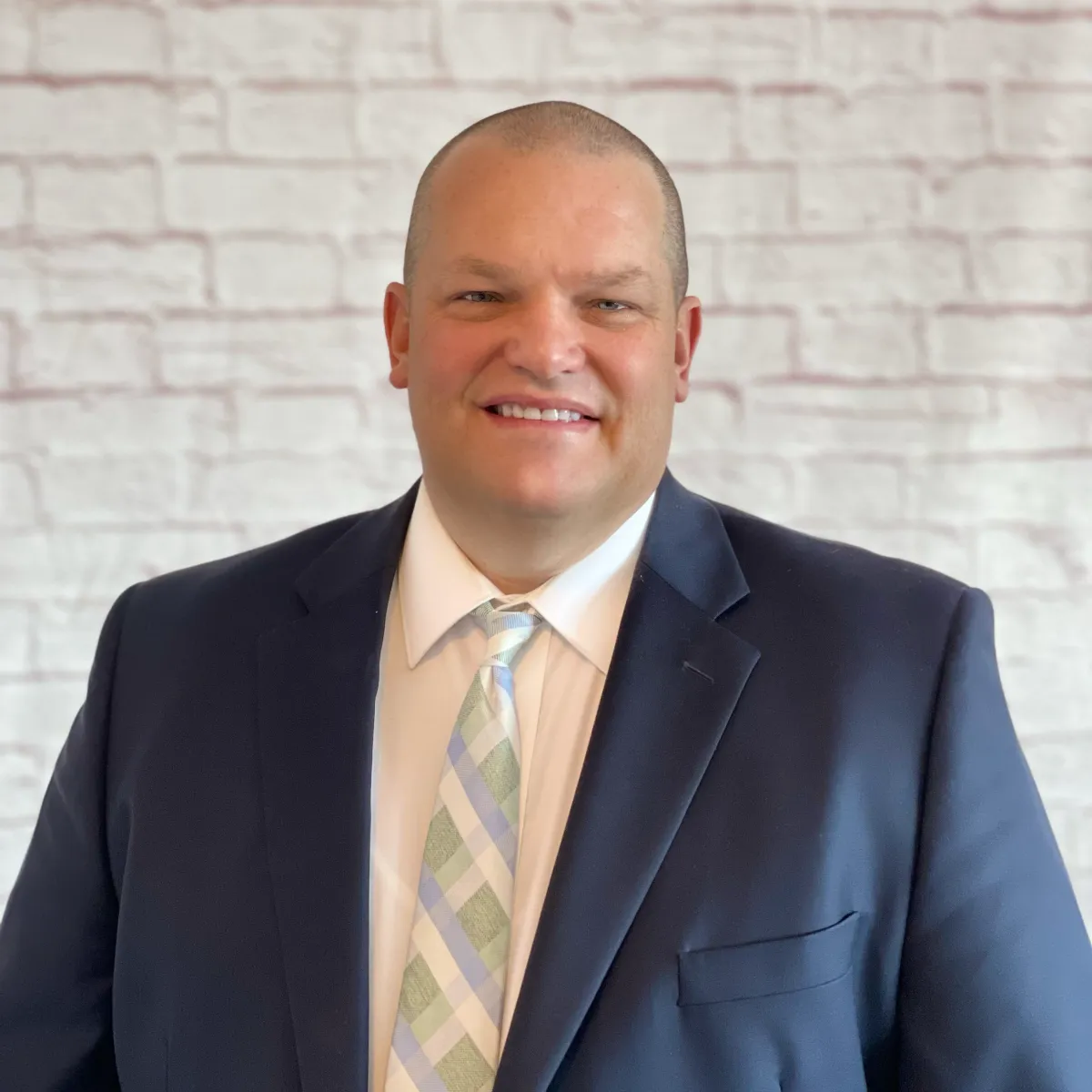Articles and Podcasts

Why Patients Choose You Over Your Competition
This week our episode deals with presenting the reasons the patient base should choose YOUR practice and how you can present the benefits of seeking can in a more persuasive manner. It is based upon tools we call Agenda Setting and Framing Theories and they are cutting-edge market research. They have been proven wildly effective in recent decades to help "move the needle" for healthcare practices to not only choose YOUR practice but to build a loyal and enthusiastic patient base.
When you are ready Doctor Demographics can customize your image and practice promotion to make them more effective and targeted. Come to www.DoctorDemographics.com to get a sample report and a price quote.
Watch the Podcast Video Here:
Listen to the Podcast Here:
Read the Transcript Here:
Hello, this is Scott McDonald of Doctor Demographics, and I am here to share with you some interesting stuff that is not quite as demographic oriented as much as it is communications oriented. Now, as you know, I'm a professor of communication and what I'm doing is applying theories that are appropriate for he.
Today I'm going be talking about agenda setting and framing, and I hope you'll find this interesting because I find it fascinating. So, how do you win arguments? How do you get people to, like coming to your practice? How do you create a contrast between you and other practice? Now, like I said, you probably know I'm a communications professor and that I [00:02:00] specialize in market research for healthcare practices.
In the course of my work, I cover some important theories of persuasion that I think you'll find interesting. Now, remember, the idea is we're trying to persuade people to come into your. What will it take to make them your patience? And today I'm talking about two theories. One is called framing, and the other is called, uh, agenda setting.
No matter what kind of practice you have, there is a way to sculpt public opinion in your favor through a marketing. Now there are two primary ways to do this. The first is called framing, and the second is called a agenda setting. They are not the same thing. It suggests that the way we present something to our target audience called the Frame will influence how they think about that information.
This is [00:03:00] fundamental to how persuasive you can be, but you have to understand, to do this, you have to understand who your target market really is, and that's what the market research comes. Now, you may remember how we used to break, uh, speak about estate taxes. Now the name is right, it is accurate. Uh, but it didn't particularly move the, uh, needle on persua.
The term death taxes was much more effective in changing public opinion. And this is an example of framing theory in healthcare. We used to describe ice surgery, for example, which makes everybody wins every time you mention it. Uh, that we changed the term in the lasik. it, it's effectively the same thing, but the way that we frame it, the way that people are told about it, is importantly different.
Now, we've [00:04:00] used this theory to describe several procedures to do with, with, uh, several rather dramatic things in cosmetic surgeon, uh, surgery, and sometimes we refer to this as a mommy makeover. It's mostly done with the help of surgeons. Uh, who have gained public acceptance. Now, the procedures are the same, but they have a much greater acceptance by the target patient base.
Since the name of the procedures have changed to imply well the benefits that go along with it. In this way, framing has made a real benefit to everyone involved in building the practice identity and trying to promote patients to get services that they genuinely need. Now let's talk about what framing theory is.
Framing theory is a [00:05:00] concept first put forward by Irvin. It suggests that the way we present something to our audience called The Frame, uh, influence what they think about that information. You may be familiar with, uh, Frank Luz. He, he's a Republican, uh, strategist who named global warming as a much more benign climate change.
Framing is the careful choice of rhetorical devices to influence. A certain meaning, and that makes it a much more, well, also more, uh, persuasive theory as well in direct to consumer advertising. And they sometimes refer to that as DT z a was, uh, illegal in some countries in the United States. It's not.
Prescription J uh, judge Referral is allowed in [00:06:00] the United States, but only a few other countries allow it. In most countries, it is banned because they assume that people cannot understand pharmaceutical references. It lies primarily on pr. To publicize the products, an analysis of press releases used by pharma companies in Israel, for example, where D TCA's Bend found their content, predominantly used third party influencers such as leading experts in physicians to frame the message as credible and the drugs as heroes.
Conversely, the message. Also villainize the diseases and used negative framing of patients as a ticking time bomb in the United States. We have something else now. I'm not trying to [00:07:00] say that Israel is wrong or that other countries are mistaken, but I think the outcomes are actually pretty good. Now, as doctors, we don't dictate.
people are supposed to think about. Rather, we use these theories like framing to tell the public how to think about things like your practice and the procedures you offer. Uh, dental implants, for example, were not universally accepted when they were first presented as an alternative to dentures. I, I have some background in the early days of dental implants and the.
But as they gained detraction among professionals and the costs and risks of failure, uh, failure were reduced, they became universally accepted as a viable option. This is the path of significant number of procedures that your [00:08:00] practice may do, and framing theory is a communication tool used for that purpose.
Now, other governments have said, people don't know enough to, to avoid being trapped in referrals by experts in testimonials. But we have found actually people are much smarter than they think when it comes to their healthcare. Now, agenda setting theory developed by McCombs and and Shaw in 1972 states that the media have a large influence on audiences by choosing.
Which stories to make prominent, thus influencing what public should think about, uh, known as the first level agenda setting. You see, the media also uses selective attributes to shape the stories influencing Publix in how to think about that [00:09:00] in the, uh, vaccines by co, uh, that were put up to solve the problem of covid 19.
We had the government involved heavily in agenda setting. Thus, the theory says that media determines for the public what is important and why. And actually alternative media, advertising, film, entertainment, TV, and music may have a greater, uh, effect, in fact than the news. . But no matter the conduit or the content is no longer user created, there is always a gatekeeper author that well controls the story that sets the agenda for your audience.
Think Twitter. Twitter has been acting as a gatekeeper. It eventually, many people, uh, want to get the vaccines and the federal government was just fine [00:10:00] allowing that to. Now I want to talk to you for a second about message control of your practice and marketing reports. Doctor demographics looks at a large number of factors about a practice site and the practice area to advise our clients whether a site is desirable and viable.
Then how to attract patients to the. Our purpose is really to get them in the offices of good, credible doctors, and we expect the doctors to communicate the benefits and features of these procedures. But we also do market research to advise our patients or our clients on messages that are appropriate for his or her patient base.
Uh, we call that psychographics. It's also known as a lifestyle. Uh, study to [00:11:00] make, uh, that determination. You see in the end, we want the theories of framing an agenda setting to move the needle for the practice population. In other words, if it's good for them and we believe that the doctor will helping them make that decision, you have to make the needle move in the advertising and public relations Activit.
Even established practices benefit from this kind of research, lifestyle and analysis? Well, we call psych graphics is presented in our marketing report for geographic areas that we are studying. So we can tell you not only how many people there are in that area, and of course practices offering those services, but we can also say what the lifestyle motivations.
The values that people have to get those procedures. To give you an example, [00:12:00] uh, take a look at our website at www dot uh, dr demographics.com and take a look at the marketing reports to see what we mean. Now, as an aside, I provide some information about psychographics in last week's. , but the idea is the same.
You have to know what makes people go, what makes people buy or not buy, and the Psyche graphics will provide a definitive, logical, and scientific way to determine what is happening in people's lives. Now, message control is, I. We usually have a sufficient research when we do a marketing report to offer creative, and this is another word for advertising and public relations copy that applies to this practice.[00:13:00]
This is the basis for future practice promotions. So if we know enough about the area and the people living and working in your area, we can make recommendations, say this would be a good strategy. They get people to come into your office, and you should know I'm a big believer in market research, but it should be clear that we must discuss scope and use of any message or content for the practice before it's generated, before we put something into use.
A one size fits all strategy is a really bad. , we would be creating a, a unique document based on research that would require reworking and editing, but would put the practice on track for serious growth. With this, uh, with its use, now I [00:14:00] am the first to say there are companies that are unethical that use psychographics or assume that certain things are gonna be true.
What you tell the. To get them to act. I'm, I'm very cautious. Our team knows what it's doing and we can tell you what your likely results will be. Marketing should always remain the property of the practice. Sure, we can generate it, but you have to, well make it specific to the practice and to the people who live and work.
This research is not expensive, but it's use in practice. Promotion is invaluable and the findings are proprietary. In short, if it works, you're the one who will know it because you'll have the answers. It is a useful tool in site evaluation, practice promotion, and public. Framing and agenda [00:15:00] setting are extremely useful tools in formulating what you want to say about your practice to build a motivated and loyal patient base.
That's why it exists. Now, I always say that there is some big questions for demographers. Whom do you want to serve? In short, who is your target? Second, how do you move the needle of action? How do you do something other than just put a message out there and hope? What do you need to know in order to make this work?
Now, Mike Green is an expert in this psychographics, and I really recommend you talk about the results that you get. Now, we offer these psyche graphics in the, uh, quick view. The market site viability report and the marketing report, you can see samples of what we do [00:16:00] as well as prices in the dropdown menu.
The idea is to give you enough information that you can make wise and prudent decisions about promoting your practice and getting people in the door.
Our Leadership

Scott McDonald
"Demographics is more than just facts and figures. It is the foundational story in which we develop the right strategy and plan to create successful practices over the long-term. Markets change, economies fluctuate, and internal goals differ. Our goal at Doctor Demographics is to provide you with not just the data, but experienced analysis to help you create the practice you've always dreamed of having."
Scott McDonald
Founder - Doctor Demographics

Mike Green
"Mike Green is a seasoned healthcare strategist with over 30 years of experience specializing in practice placement/promotion strategies, demographics, and psychographics. He empowers doctors and healthcare entrepreneurs to build thriving, patient-centered practices through data-driven strategies. Having conducted over 10,000 market studies over the. years, Micheal transforms insights into actionable plans, helping practice owners establish and scale their practices across the United States and beyond. His proven approach ensures practices not only compete but excel in their communities. Micheal’s expertise delivers sustainable success for new and established practices alike. "
Mike Green
Owner - Doctor Demographics



Facebook
Instagram
X
LinkedIn
Youtube
TikTok